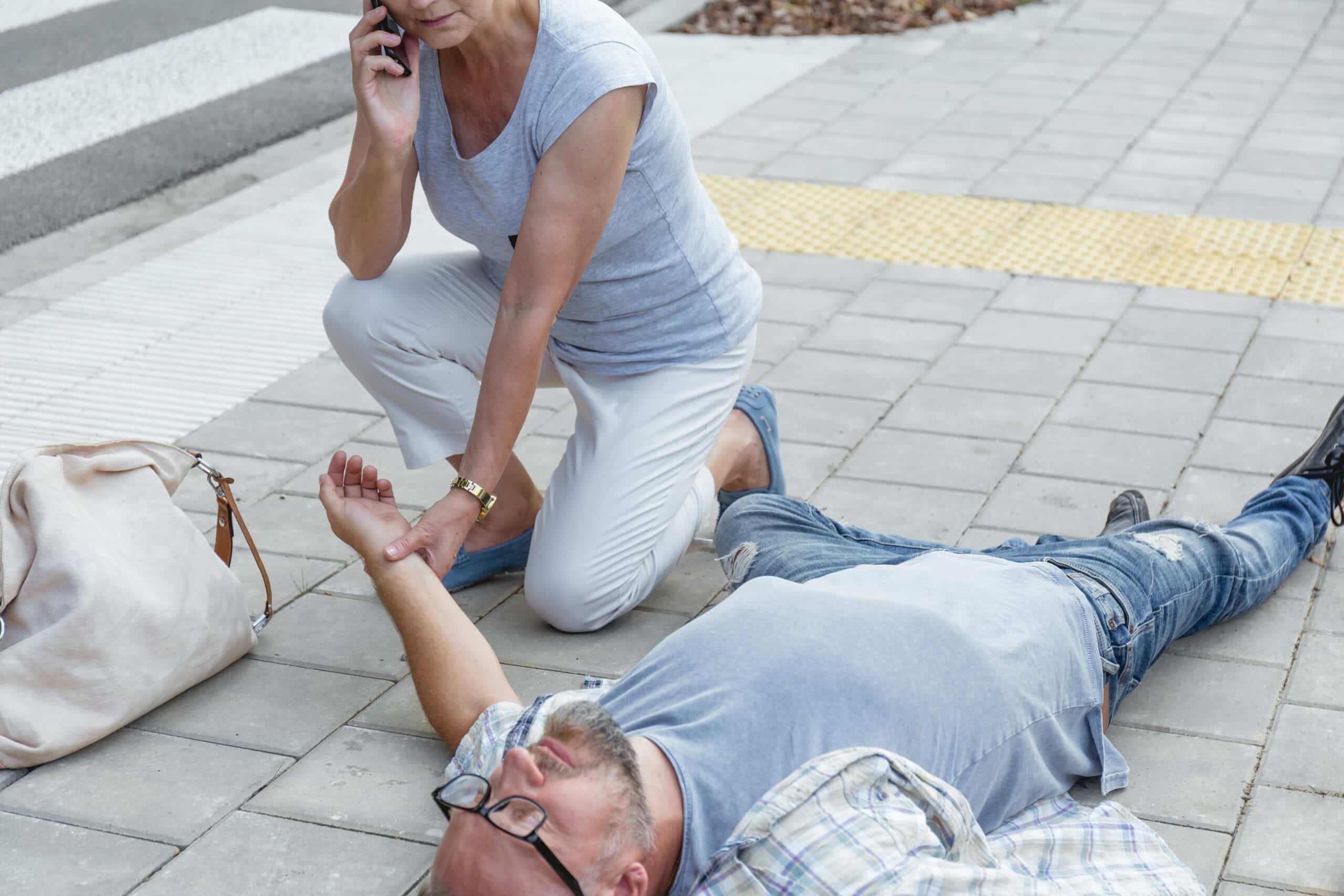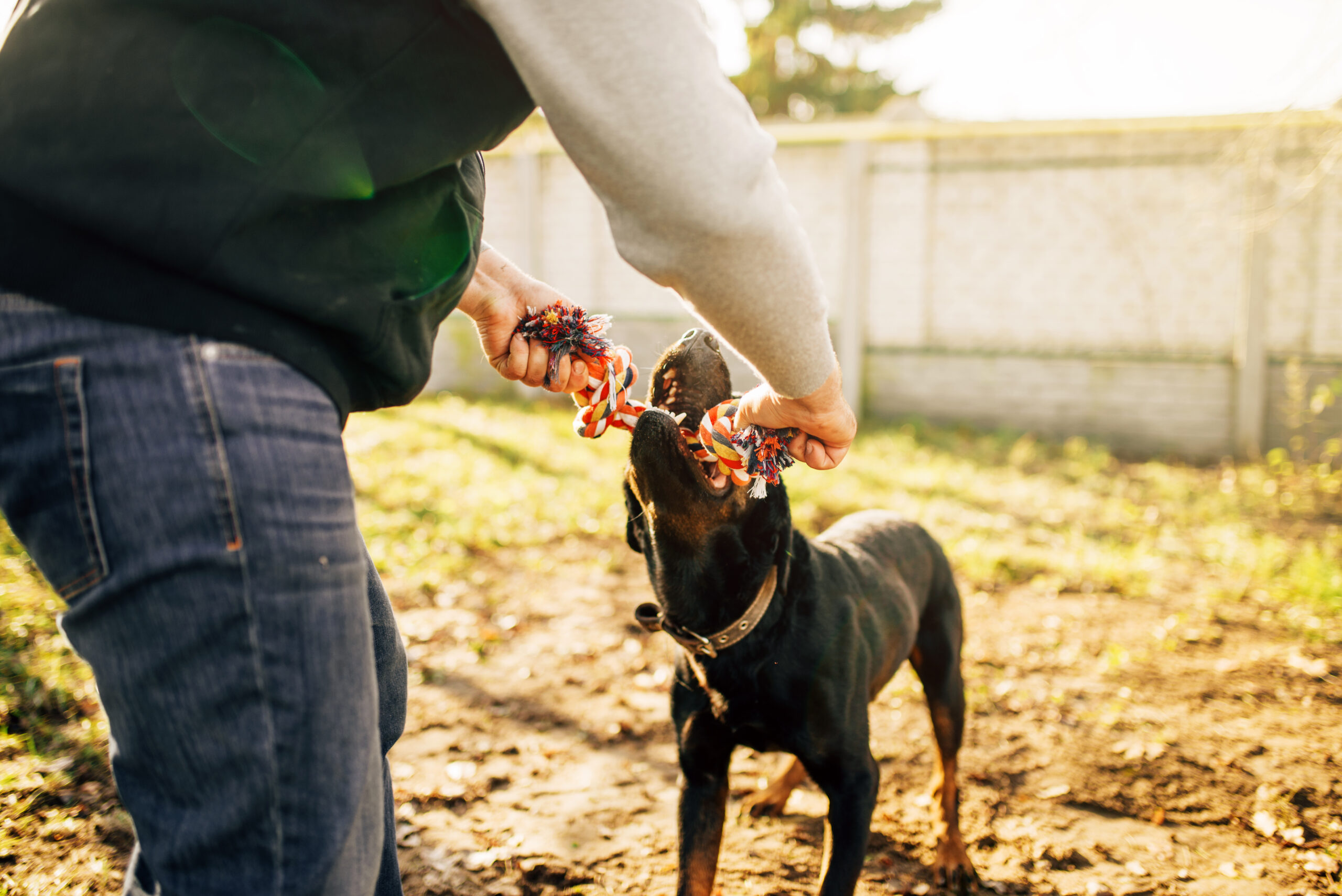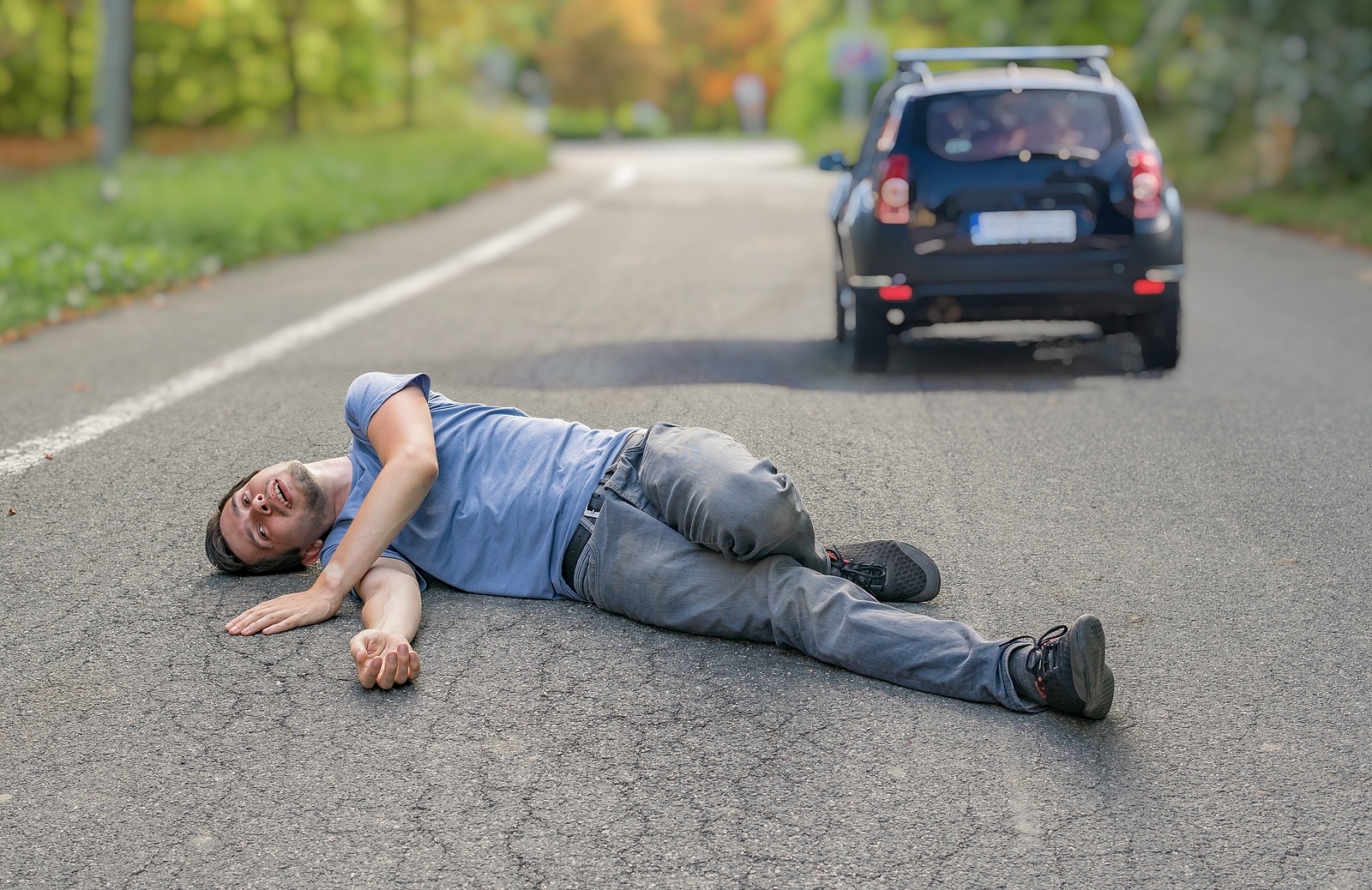Unfortunately, accidents involving tripping, slipping, and falling have become the butt of jokes. Thanks to a few stories of fraud, together with a general media tendency to blame victims, there is a popular perception that slip-and-fall claims are exaggerations.
But falls are serious business. According to the CDC, “over 800,000 patients a year are hospitalized because of a fall injury.” Seniors and those with mobility or vision problems are particularly at risk. The CDC states that “more than 95% of hip fractures are caused by falling.” In elderly and medically fragile people, fall injuries can result in permanent disability or death.
Aside from fractures, common fall injuries include:
- Bruises and lacerations
- Joint dislocations
- Soft tissue injuries, including ligament tears
- Head trauma, such as traumatic brain injuries (TBIs)
Some of these conditions can lead to heavy medical expenses for years to come. As such, people who have fallen have the right to seek recovery when another party is responsible.
But when someone falls on a sidewalk, there is often confusion about who owned that sidewalk and who should have taken care of it. Without maintenance, sidewalks can present many slipping and tripping hazards due to:
- Leaf litter or plant overgrowth
- Soil or water from poor drainage
- Potholes and cracks left unrepaired
- Lifted sections due to tree roots or soil rising beneath
- Subsidence, when the soil sinks and lowers portions of the walk
- Ice—since freezing is rare in LA, the occasional hazards can go neglected
Whose job is it to look after these issues?
Premises Liability Claims and Falls
A slip-and-fall case is a type of premises liability claim. Under California law, a property owner (or in some cases, a tenant) must maintain their property with “ordinary care and skill.” This includes reasonable levels of inspection and repair or else warnings about property hazards.
To recover damages for their injuries, a claimant in a slip-and-fall case must show that:
- The owner was in legal control of the property
- That owner was negligent in their maintenance or control of the property
- This negligence led to a hazard
- The owner either knew or should have known about the hazard
- This hazard was a cause of the claimant’s injury
As a defense, the owner can assert that the claimant was also negligent or reckless. The law protects them from liability “so far as the [injured person] has, willfully or by want of ordinary care, brought the injury upon himself or herself.” See Cal. Civ. Code § 1714. Even so, California law still allows claimants who were partly responsible to recover damages, depending on the extent of their negligence. The owner—or the owner’s insurance company—is not necessarily off the hook.
But who is the “owner” when the case involves a public sidewalk? Aren’t sidewalks government property? They are, but the question of liability for third-party injuries like falls is a difficult one. When someone falls, who should they seek their recovery from?
Sidewalk Liability: Landowner or Government?
Many people assume that the nearest city, county, or some local development company should take care of public sidewalks, but in LA, the owner of the bordering property is responsible for sidewalk maintenance.
Both the state and the City of Los Angeles have passed laws stating that the adjacent owners must maintain bordering sidewalks in a condition that “will not endanger persons or property.”
Furthermore, the City requires owners to maintain sidewalks in compliance with the ADA, and owners cannot make changes to them without a permit. See Cal. Sts. & High. Code § 5610 and L.A.M.C. § 62.104.
These laws are intended to address repair costs—they don’t pin liability for sidewalk accidents on the nearest owner. However, they do show that the owner is responsible for maintenance. If that owner created the issue that led to the fall, and they knew or should have known of it, they can be held liable.
Nonetheless, where sidewalks belong to the City, they are ultimately the City’s responsibility. Unlike some towns and cities, Los Angeles has not passed a law explicitly stating that adjacent landowners are responsible for injuries on sidewalks. If the City knew or should have known about hazardous sidewalks and neglected to take care of them in a reasonable time, they can be held liable for injuries. See Cal. Gov. Code § 835.
When a personal injury attorney takes a slip-and-fall case, they will review photos of the site and, if necessary, visit the property themselves to understand the conditions of the accident. An investigation may uncover records showing whether the City had actual or constructive notice of the sidewalk’s condition. Records or photos may also show whether the owner has a history of neglect or unauthorized changes that created the danger.
Your Next Steps
If you have been injured in a fall on a sidewalk, don’t delay—speak to an attorney as soon as possible. In most cases, you have only six months from the date of the injury to file a claim against the City of Los Angeles, and the law requires you to file that claim before proceeding with a lawsuit.
When the adjacent property belongs to a private party, California law gives you two years to file a lawsuit. However, since it may be complicated to identify the party actually in control of the land—especially if the state or federal government is involved with the property—it is still important to call an attorney as soon as you can.
Call the V&A Law Firm today at 818-369-3270 to schedule a free case evaluation in our Encino offices.





